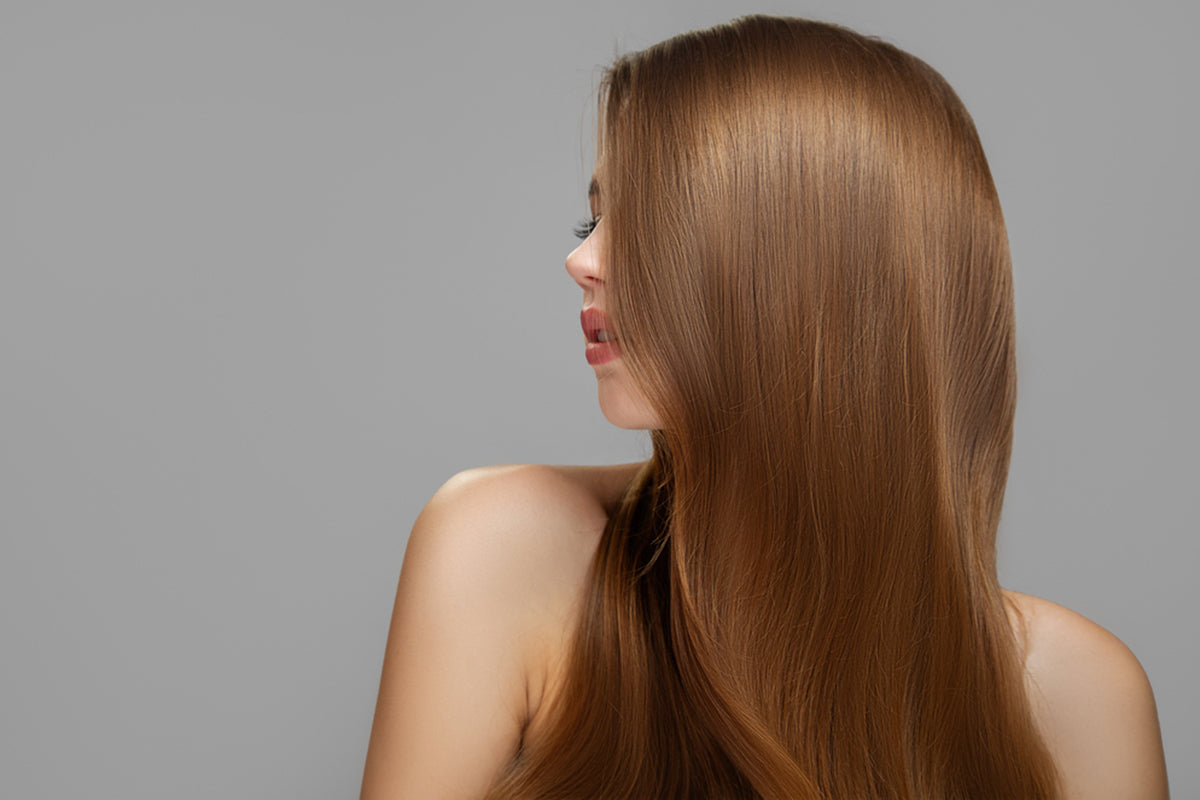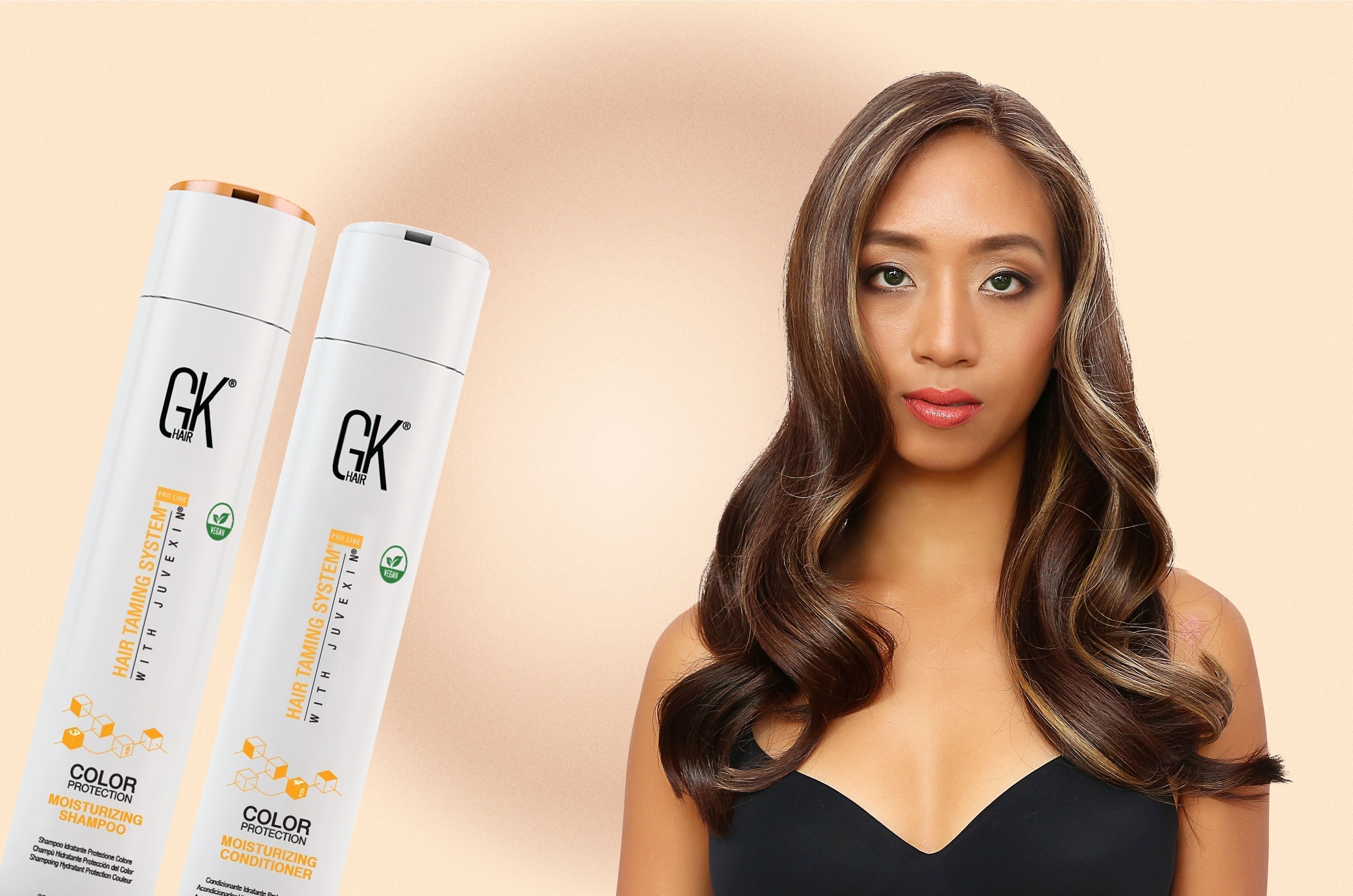Everyone dreams of having healthy, shiny hair, but reality often paints a different picture. Whether it's due to over-styling, environmental factors, or poor hair care practices, damaged hair can happen to anyone. But don't despair! With the right approach, you can repair your damaged locks and restore their natural beauty. In this article, we’ll explore 10 expert tips to fix damaged hair and help you get back your healthy strands.
Understanding Hair Damage
Before diving into the tips, it's essential to understand what causes hair damage. Hair damage can result from various factors such as excessive heat styling, chemical treatments, environmental exposure, and even improper hair care practices. Damaged hair often appears dry, brittle, and prone to breakage. It’s like a frayed rope – weak and fragile.
10 Expert Tips to Fix Damaged Hair
Here are 10 expert tips that can help you fix your damaged hair. By following these tips, you’ll be on your way to healthier, shinier, and stronger hair.
1. Trim the Damaged Ends
The first step in fixing damaged hair is to trim the damaged ends. Think of it as removing dead leaves from a plant; it allows for healthier growth. Regular trims help get rid of split ends and prevent them from traveling up the hair shaft, causing more damage.

2. Use a Moisturizing Shampoo and Conditioner
Switching to a moisturizing shampoo and conditioner can make a significant difference. Look for products that are sulfate-free and contain nourishing ingredients like Juvexin V2, argan oil, or shea butter. These ingredients help to hydrate and repair your hair from within.
3. Deep Condition Weekly
Incorporate a weekly deep conditioning treatment into your hair care routine. Deep conditioners penetrate the hair shaft, providing intense hydration and repairing damage. Consider using a product with proteins and natural oils to strengthen and nourish your hair.
4. Limit Heat Styling
Heat styling tools like straighteners, curling irons, and blow dryers can cause significant damage to your hair. Try to limit their use and always apply a heat protectant before styling. Opt for air-drying your hair whenever possible.

5. Protect Your Hair from the Sun
Just like your skin, your hair can be damaged by UV rays. Protect your hair by wearing a hat or using a UV-protectant spray when you’re out in the sun. This will help prevent dryness and color fading.
6. Avoid Chemical Treatments
Chemical treatments such as coloring, perming, or relaxing can weaken your hair. If your hair is already damaged, it’s best to avoid these treatments until your hair has had time to recover. Look for natural alternatives or speak with your stylist about less damaging options.
7. Eat a Healthy Diet
Your diet plays a crucial role in the health of your hair. Ensure you’re eating a balanced diet rich in vitamins and minerals, particularly those that promote hair health such as vitamins A, C, D, E, zinc, and biotin. Think of it as feeding your hair from the inside out.
8. Use Natural Oils
Natural oils like coconut oil, olive oil, and argan oil can work wonders on damaged hair. These oils help to moisturize, repair, and protect your hair. Apply a small amount to the ends of your hair or use as an overnight treatment for deep conditioning.
9. Switch to a Gentle Hairbrush
Using a gentle hairbrush can prevent further damage to your hair. Look for brushes with wide-tooth combs or soft bristles that won’t tug or break your hair. Brushing your hair gently, starting from the ends and working your way up, can also help reduce breakage.
10. Stay Hydrated
Staying hydrated is essential for healthy hair. Drinking plenty of water ensures that your hair stays hydrated from the inside out. Aim for at least eight glasses of water a day to keep your hair and scalp healthy.

Conclusion
Fixing damaged hair takes time and dedication, but with the right approach, you can restore your hair's health and beauty. By following these 10 expert tips, you’ll be on your way to stronger, shinier, and more resilient hair. Remember, healthy hair care is a journey, not a destination.
FAQs
How often should I trim my hair to prevent damage?
It's recommended to trim your hair every 6-8 weeks to remove split ends and keep your hair healthy.
Can I fix my damaged hair without cutting it?
While trimming is essential for severe damage, using deep conditioners and protective products can help improve your hair's condition without cutting.
Are natural oils suitable for all hair types?
Yes, natural oils can benefit all hair types, but it's essential to find the right oil for your hair type. For example, fine hair may prefer lighter oils like argan oil, while thicker hair may benefit from coconut oil.
How long does it take to see improvements in damaged hair?
With consistent care, you may start to see improvements in your hair’s condition within a few weeks. However, significant damage may take several months to fully repair.
Is it okay to use heat styling tools occasionally?
Yes, using heat styling tools occasionally is fine as long as you use a heat protectant and keep the heat setting at a safe level to minimize damage.







Leave a comment